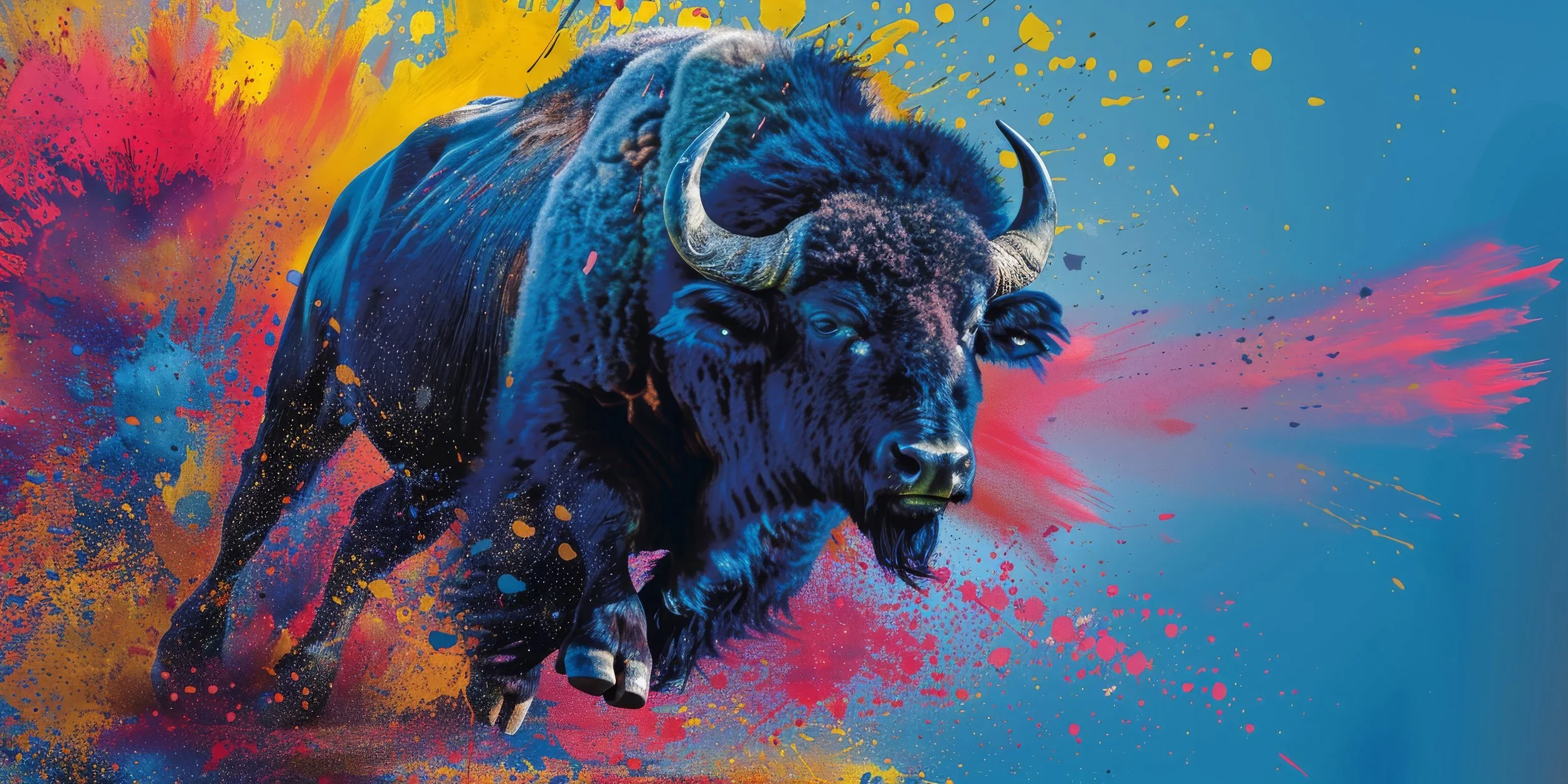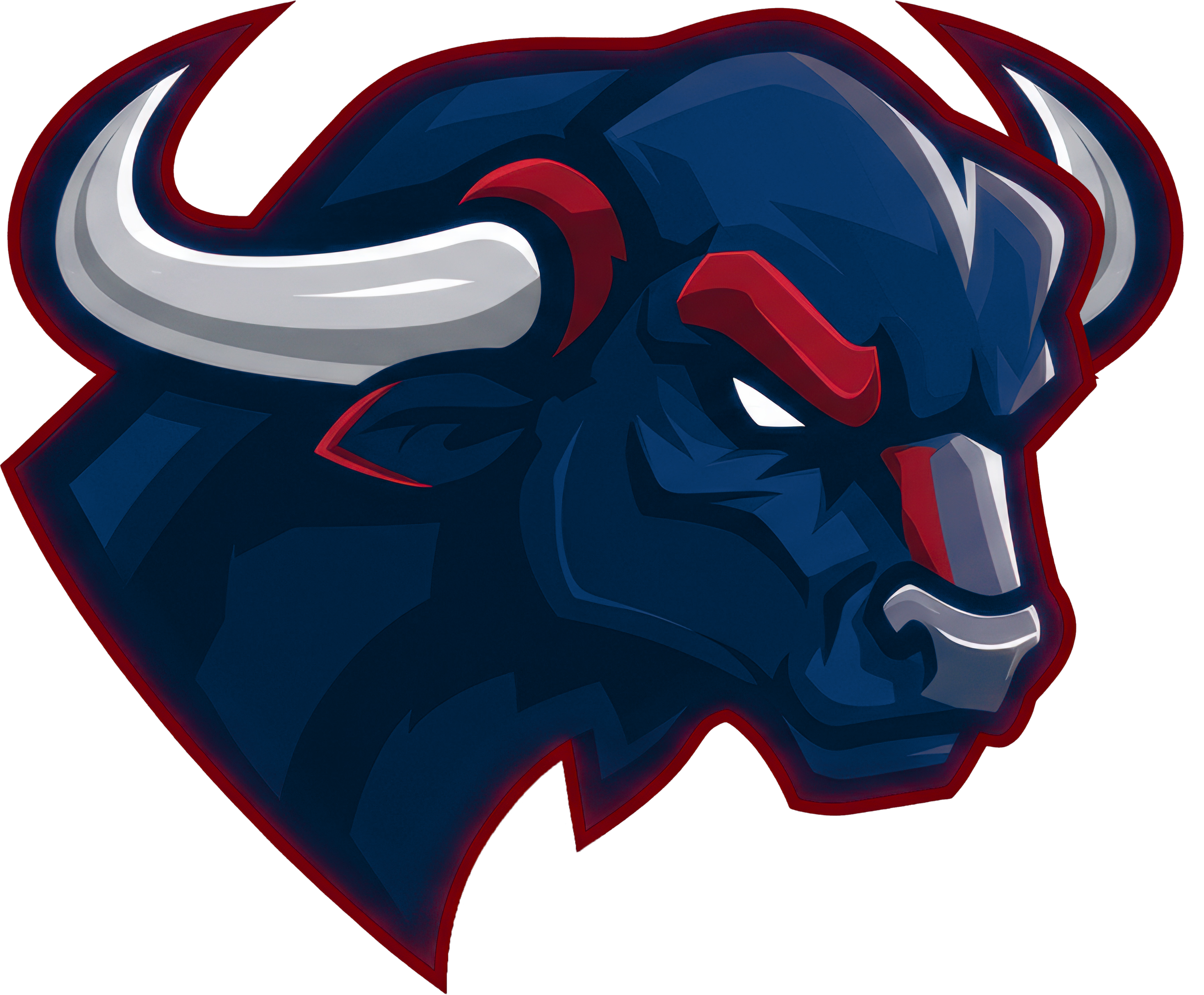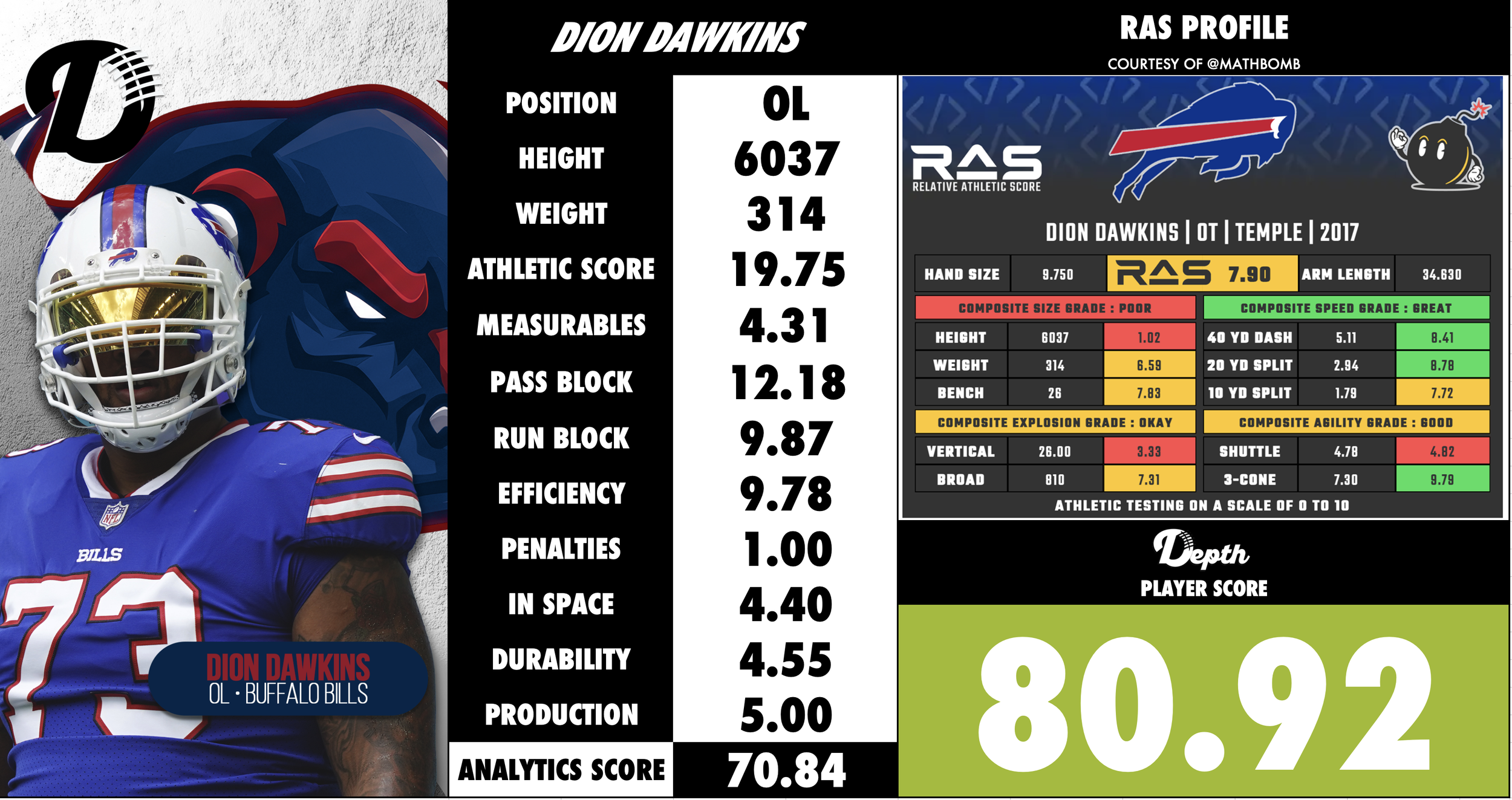
Dion Dawkins
Summary
Dion Dawkins has emerged as one of the key pieces of Buffalo’s offensive line since being drafted in 2017 NFL Draft, Round 2, (pick 63). Originally from Temple University, Dawkins transitioned into the NFL as a starting left tackle and has grown into a reliable blindside protector with strong athletic traits for his size. Over his career, he’s earned recognition not just for durability and production but also for his leadership and presence on the Bills’ roster. Pro Football Reference
While traditionally the left tackle position demands elite athleticism, Dawkins’ game blends power, agility, and length in a way that gives him a high floor. As he enters the later stage of his career, his role remains vital for Buffalo’s success, particularly in passing situations and in giving Josh Allen the time to make plays.
Strengths
Excellent athleticism and footwork for a big man: Scouts have praised his agility, ability to mirror rushers, and movement in space despite his 320-lb frame. Sports Forecaster
Strong pass protection credentials: In 2024, Dawkins earned a pass-block grade of 81.2 (16th among tackles) according to PFF. PFF
Durability and consistency: Since becoming a full-time starter, Dawkins has logged many consecutive starts and snaps, showing reliability.
Size, length and physicality: At 6′5″ and ~320 lbs with long arms, he has the build to handle the upper-echelon edge rushers and hold his ground. MockDraftable
Recognition among peers and media: Dawkins was ranked on the NFL’s Top 100 Players list and was named among the top tackles by the AP in 2025. Spectrum Local News
Weaknesses
Run-blocking still a work in progress: His run-block grade in 2024 was 68.7 (44th among tackles) which suggests he is more dominant in pass protection than in physical, downhill run schemes. PFF
Penalties and occasional lapses: In 2024 he was penalized 13 times (131st among tackles) indicating that at times he gets flagged, which can hurt his overall effectiveness. PFF
Age and long-term wear: As he is entering his ninth NFL season, the question of how much higher his ceiling is and how much decline may come with time is natural.
Mirror vs elite quick edge rushers: Although comfortable, some evaluators noted that when asked to handle extremely quick or exotic pass rushers in space, Dawkins sometimes gives up leverage or is pushed off his base. PFF
Fit & Outlook
Dion Dawkins projects as a top-tier starting left tackle for the near future, anchored by strong pass-protection skills, athleticism, and consistent performance. His role protecting a franchise quarterback is critical.
To elevate further (or sustain elite level), the key areas for him will be:
Improving his run-block technique and dominance on power/hands-on-blocks to become more balanced between run and pass.
Minimizing penalties and maintaining consistency in big games, which helps avoid costly mistakes.
Managing his physical condition and durability as his workload continues over years.


